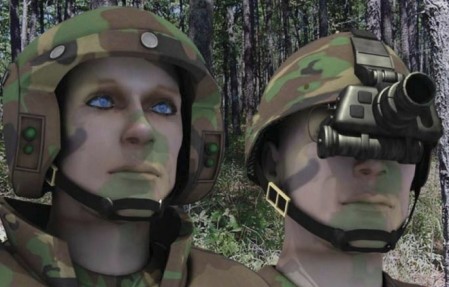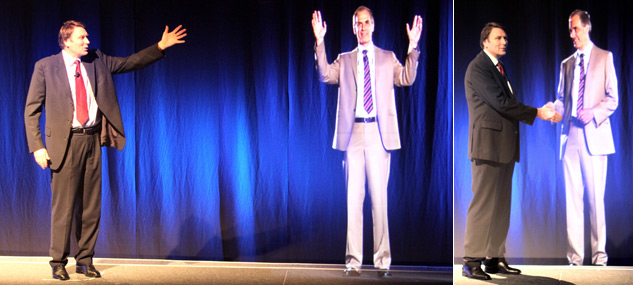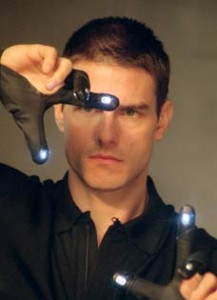
Tech savy proponents might think it’s great, meanwhile skeptics and naysayers still deny its existence, but microphones and internal listening devices are being installed in hi-tech hardware, and have been for several years.
Motorola released a fact sheet concerning their next generation HD cable boxes and broadband devices and admitted that:
This innovative plug-and-play technology enables broadband operators to offer consumers a way to control their digital services by voice commands with no complicated set-up or the need for training. Consumers can “talk” to their TV through a remote which incorporates a microphone. By just spoken commands, they can navigate digital programming, the IPG and on-demand services using phrases like “scan sports” or “find movies with Julia Roberts”. From a consumer’s perspective, the solution only requires a small receiver which attaches to the cable set-top to receive signals from the enhanced remote. The technology, which recognizes over 100,000 phrases and deciphers multiple languages, has been field tested in an alpha deployment on the Motorola DCT2000 digital set-top platform.”
The next generation equipment is being fused by Motorola into their ‘AgileTv‘ program, which will allow customers to use voice commands to search and choose programs, listen to music, order movies, etc etc. The program is called ‘PromptU’ and promises to allow seamless voice recognition in order to remove tedious typing and scanning by customers to find what they want. The PromptU spoken search is described as:
“Phones can support more content than ever, and subscribers want it all: ringtones, games, wallpapers, songs and videos. There are hundreds of thousands of titles, and the selection grows daily. Yet subscribers don’t buy as much as they could, because looking for content with text searches, or endless scrolling and clicking, is frustrating. Too many searches are abandoned or not even attempted. Promptu Spoken Search™ changes everything. With Promptu finding content as easy as asking for it. For example, requesting “Tiger Woods,” “Coldplay,” “Spiderman,” or any other favorite from a mobile handset returns on-target search results instantly, from across all types of content. So subscribers find everything they want, and discover all kinds of related titles to buy in the process.”
Last year Microsoft also acquired its own listening technology in the Tellme Networks which will allow consumers to choose and interact with multimedia via voice recognition software over their own systems. Of course what they won’t tell you is how these voice recognition commands will be interpreted, which of course will be done by internal audio devices called microphones – implemented into the hardware via remotes, boxes, or even ones as small as mobiles and pdas.
Bill Gates has been championing this next generation, interactive technology, and in his Strategic Account Summit speech last year, he glowed over the introduction and acceptance of this new technology by customers. Apparently, the industry is ecstatic that the privacy concerns aren’t presenting any kind of hurdle for consumers who are only intent on getting things that are bigger, faster, and in higher resolution. As long as it blinks and lets them veg out, all the better.
Web 2.0 should actually be called World 2.0 and will incorporate technology into every aspect of our lives, even more so than it is now. The next generation of cable boxes, internet, IPTV, VOIP, iphones, PDAs, and mobiles are all being absorbed into the control grid; and the cameras, microphones and other spy technology is just being pitched to the public as a product feature, rather than the all-invasive big brother hardware that it is. Private companies don’t mind it because it allows more focused marketing strategies, ie more profits for the bottom line; and of course governments love it because it allows them to circumvent privacy rights by integrating with companies in order to use this technology grid to spy on its own people.
But to simplify it all, yes, microphones exist in our cable boxes and computers, and will continue to be used, whether we accept it or not. The corporations are listening, the governments are listening; are you?
05-02-2008
Ethan Allen
Source: Rogue Government
















